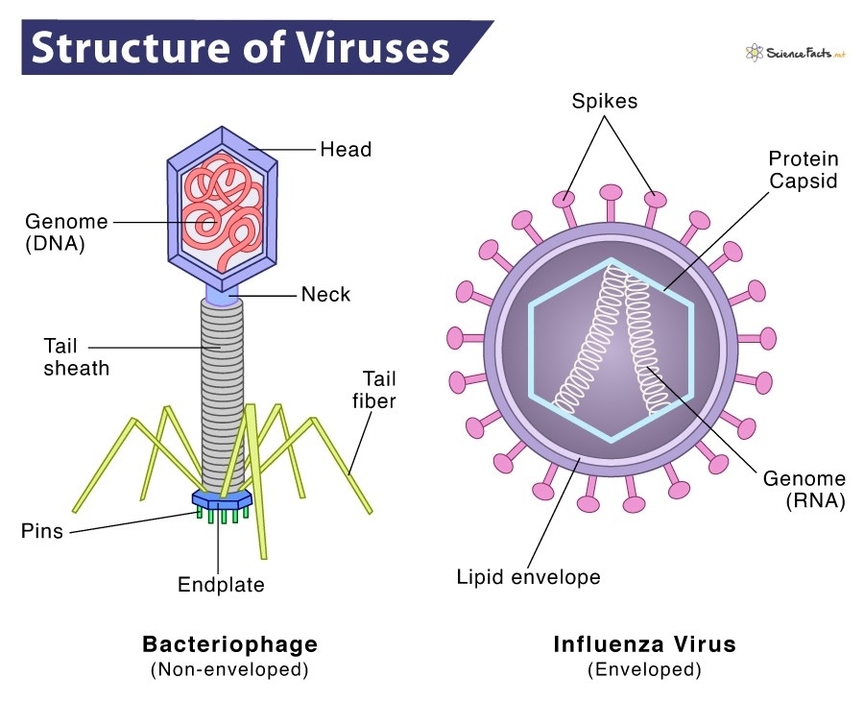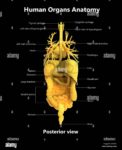HIV Virus Structure
The Human Immunodeficiency Virus (HIV) is a complex retrovirus that has been extensively studied since its discovery in 1983. The structure of HIV is unique and different from other retroviruses.
ize and Shape
The HIV virion is approximately 100 nm in diameter. Its innermost region consists of a cone-shaped core.
Genome
The HIV genome is composed of two copies of noncovalently linked, unspliced, positive-sense single-stranded RNA. The two RNA strands are not independent but form a compact dimer within the virion. The complete sequence of the HIV-1 genome, extracted from infectious virions, has been solved to single-nucleotide resolution.
Proteins
HIV is composed of 15 types of viral proteins. These proteins allow the virus to infect cells of the immune system and force them to build new copies of the virus. The major core protein is located in the innermost region of the virus. In addition to the major core protein, the core also includes the enzymes reverse transcriptase, integrase, and protease, as well as some minor proteins.
Envelope
The virus is surrounded by a lipid bilayer membrane. This membrane is derived from the host cell that the virus last infected.
Role of the RNA Strands
The two copies of RNA strands play a vital role in contributing to HIV-1 recombination, which occurs during reverse transcription of viral replication, thus increasing genetic diversity. Having two copies of RNA allows the reverse transcriptase to switch templates when encountering a break in the viral RNA, thus completing the reverse transcription without loss of genetic information. The dimeric nature of the RNA genome of the virus may also play a structural role in viral replication.
Conclusion
The structure of HIV is complex and unique, with each component playing a crucial role in the virus’s ability to infect host cells and replicate. Understanding the structure of HIV is key to developing effective treatments and vaccines for HIV infection.



